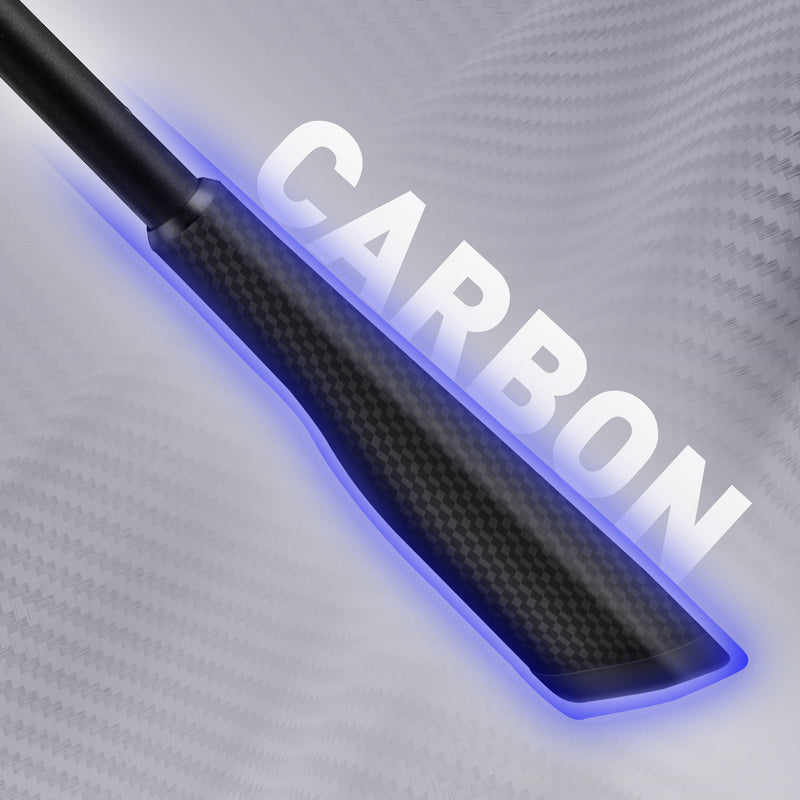Unlock the Secrets of Fishing Rods: Discover the Perfect Gear for Every Catch!
Fishing rods are the backbone of any angler's equipment, providing the vital link between the fisherman and the fish. The right rod can not only enhance the fishing experience but also significantly increase the chances of a successful catch. With a rich variety of fishing rods available, each tailored for specific types of fishing and environments, understanding their diverse applications is essential. Whether you're a novice angler or a seasoned pro, knowing the differences between fishing rods can help you make informed choices that align with your fishing goals. In this article, we will delve into the world of fishing rods, exploring their types, characteristics, and how to select the perfect one for your next fishing adventure.

Understanding Fishing Rods
A fishing rod is a long, flexible pole designed to catch fish. It functions by providing leverage to the angler when reeling in a catch and is usually made from materials such as fiberglass, graphite, or composite materials. The basic components of a fishing rod include the blank (the main body), guides (the loops that hold the line), a reel seat (where the fishing reel attaches), and the handle (for gripping). Selecting the right fishing rod is crucial as it directly impacts your ability to fish effectively in various environments, such as freshwater lakes, rivers, or saltwater oceans. Each fishing situation requires specific attributes from a rod, making the choice of rod a significant factor in your overall fishing success.
Types of Fishing Rods
There are several types of fishing rods, each designed for different fishing techniques and environments. Here are some of the most common types:
Spinning Rods
Spinning rods are among the most popular types of fishing rods, characterized by their lightweight design and ease of use. They feature guides that are positioned below the rod, allowing for smooth casting and retrieval. Spinning rods are versatile, making them suitable for a variety of fishing styles, including freshwater and saltwater fishing. They are particularly favored by beginners due to their user-friendly nature. I remember my friend Sarah's first fishing trip; she effortlessly cast her line with a spinning rod, which not only boosted her confidence but also led to her catching her first fish!
Baitcasting Rods
Baitcasting rods are designed for more experienced anglers, offering greater control and precision when casting heavier lures or baits. These rods feature a reel that sits on top, allowing for better line management and accuracy. While they can be more challenging to master than spinning rods, they are ideal for targeting larger species in both freshwater and saltwater environments. My buddy Mike swears by his baitcasting setup for bass fishing; he often shares tales of the impressive catches he’s reeled in using his expertly tuned rod and reel combination.
Fly Rods
Fly rods are unique in design, tailored specifically for fly fishing. They are typically longer and more flexible than other types of rods, allowing for delicate presentations of artificial flies. The casting technique for fly rods is distinct, requiring a rhythmic motion to create the right amount of line tension and distance. I once went fly fishing with my friend Jake, who demonstrated the art of casting a fly rod. Watching him deftly maneuver the line was mesmerizing, and it was a reminder of how specialized this technique can be.
Trolling Rods
Trolling rods are designed for deep-sea fishing, where the rod is used to pull baits or lures through the water behind a moving boat. These rods are typically heavier and more robust to withstand the strain of larger fish species. Trolling often requires additional equipment such as downriggers and outriggers to effectively manage multiple lines in the water. I recall a fishing trip with my father where we trolled for marlin. The thrill of having a heavy rod bend under the weight of a sizable catch is an unforgettable experience.
Choosing the Right Fishing Rod
When it comes to selecting the right fishing rod, consider factors such as your fishing style, target species, and the environment in which you will be fishing. For instance, if you prefer fishing in rivers and lakes for smaller species, a spinning rod may be your best choice. On the other hand, if you’re after larger game fish in deeper waters, a baitcasting or trolling rod might be more suitable. Additionally, take into account the rod's action (the way it bends) and power (its strength) to ensure you’re equipped for the type of fishing you plan to do. It's also wise to test out different rods to find one that feels comfortable in your hands, as comfort can greatly enhance your fishing experience.
Selecting Your Ideal Fishing Rod
In summary, understanding the different types of fishing rods and their specific uses is essential for any angler looking to enhance their fishing experience. Each rod serves a unique purpose and caters to different fishing styles and environments. By taking the time to consider your individual needs and preferences, you can select the perfect fishing rod that will help you make the most out of your fishing adventures. So, whether you’re casting for trout in a serene lake or battling a marlin in the open sea, the right fishing rod is key to unlocking your fishing potential!








